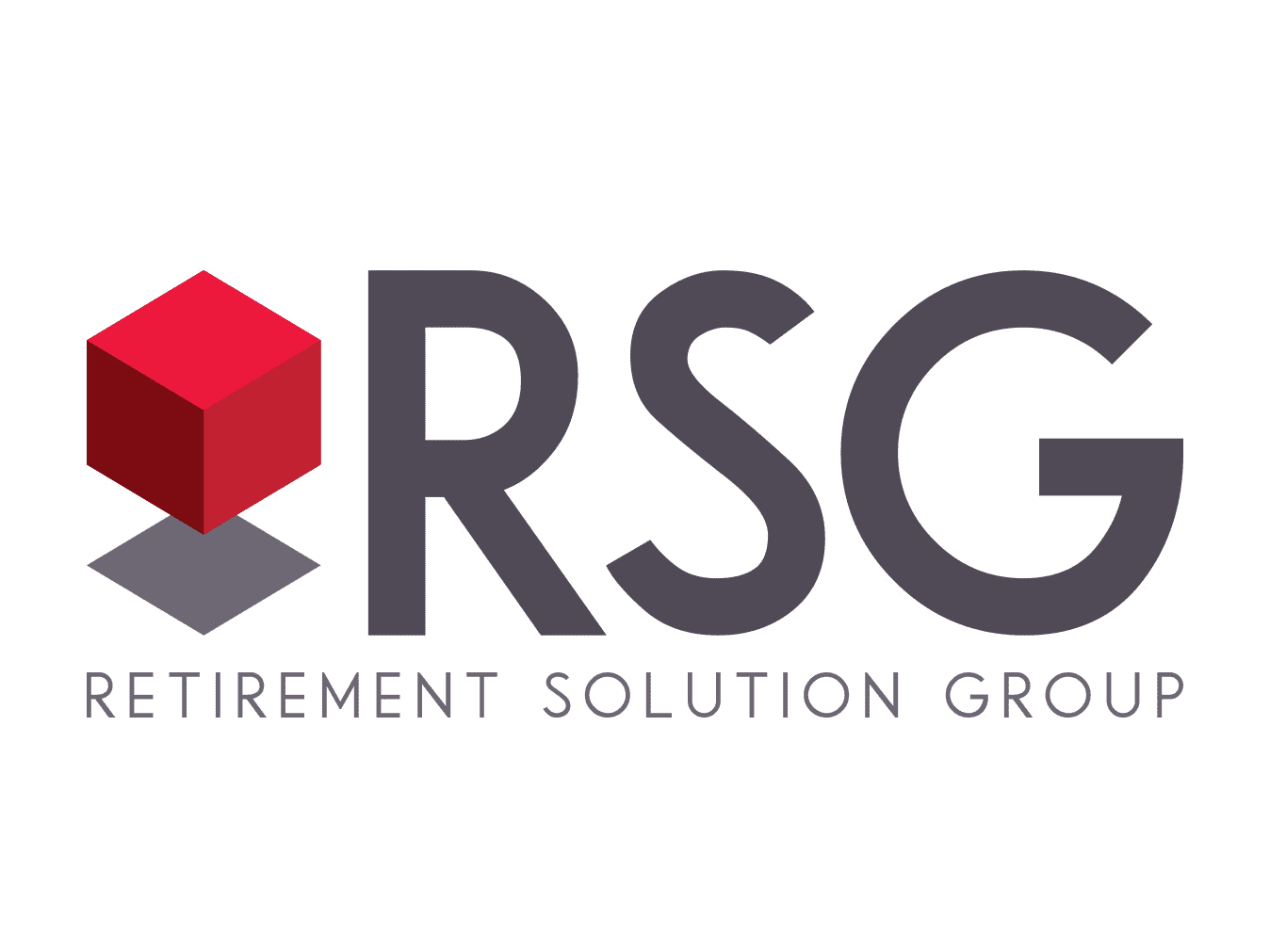A strategic look at your 401(k) plan’s health
Ever looked at your company’s 401(k) plan and spotted the name of an old colleague?
It takes you down memory lane—you pause and think, “I wonder how they’re doing?”
That familiar name may trigger a harmless moment of nostalgia. But it could be a signal for something bigger. It might point to a missing participant, an untouched forfeiture, or an opportunity to clean up your plan and uncover hidden value.
As a business leader, you know that small details matter. They can directly impact operational costs, reduce audit exposure, and strengthen overall plan health. Three key areas—forfeitures, missing participants, and force-outs—are often missed but can make a big difference.
1. Forfeitures: unlocking hidden plan assets
When an employee leaves before becoming fully vested in their retirement account, the unvested employer contributions don’t vanish. They’re moved into a forfeiture account. These funds can be a valuable resource if used properly and in accordance with the plan document.
Forfeiture funds can be used to:
- Pay allowable plan administrative expenses
- Offset future employer contributions
- Be reallocated as additional employer contributions to active participants
Many plans unknowingly let these dollars sit idle, or worse, don’t use them within the required timeframe (generally by the end of the current plan year or the following year). This not only risks non-compliance but also leaves budget-saving opportunities on the table.
Tip: Review your plan document and forfeiture balances with your service provider. If there’s money sitting in the account, put it to work—it’s already yours.
2. Missing participants: a silent threat to plan integrity
Missing participants are former employees who still have money in the plan, but their contact information is outdated or unknown. Even though they’re no longer active, they still count toward total plan participants, which can have consequences.
Here’s why it matters:
- Plans with 100+ account balances require an annual audit
- You may continue sending costly required notices
- You expose the plan to fiduciary and regulatory risk
The Department of Labor (DOL) has published guidance on how to find these individuals, including:
- Conducting address searches
- Sending certified mail
- Contacting emergency or plan-designated contacts
- Keeping documentation of all efforts
Tip: Build a process for updating participant information regularly. Clean participant data can help you avoid unnecessary audits and strengthen fiduciary governance.
3. Force-outs: a smart way to streamline
Force-outs, also called involuntary cash-outs, allow plan sponsors to remove small account balances for terminated employees. Under $1,000? The participant can typically be cashed out. Between $1,000–$7,000? Consider setting up a Safe Harbor IRA provision through your recordkeeper.
This approach helps:
- Reduce total participant count
- Lower administrative burden
- Limit fiduciary risk tied to abandoned accounts
It demonstrates that you’re actively managing your plan, which can be helpful in the event of a DOL or IRS inquiry.
Tip: Work with your TPA or recordkeeper to review and implement force-out procedures. Even one or two distributions per year can make a big difference over time.
Keeping your plan clean pays off
When it comes to managing your company’s retirement plan, a little housekeeping goes a long way. Monitoring forfeitures, missing participants, and small-balance force-outs isn’t just busywork, it’s smart plan stewardship.
These simple actions can:
- Free up unused funds
- Reduce audit risk and costs
- Improve data integrity
- Reinforce your fiduciary duty
If it’s been a while since you’ve cleaned up your plan records, now’s a great time to take a closer look. That old coworker’s name on your report? It might just be the start of some extra savings and better plan health.
This information was developed as a general guide to educate plan sponsors and is not intended as authoritative guidance or tax/legal advice. Each plan has unique requirements, and you should consult your attorney or tax advisor for guidance on your specific situation. ©401(k) Marketing LLC. All rights reserved. Proprietary and confidential. Do not copy or distribute outside original intent



